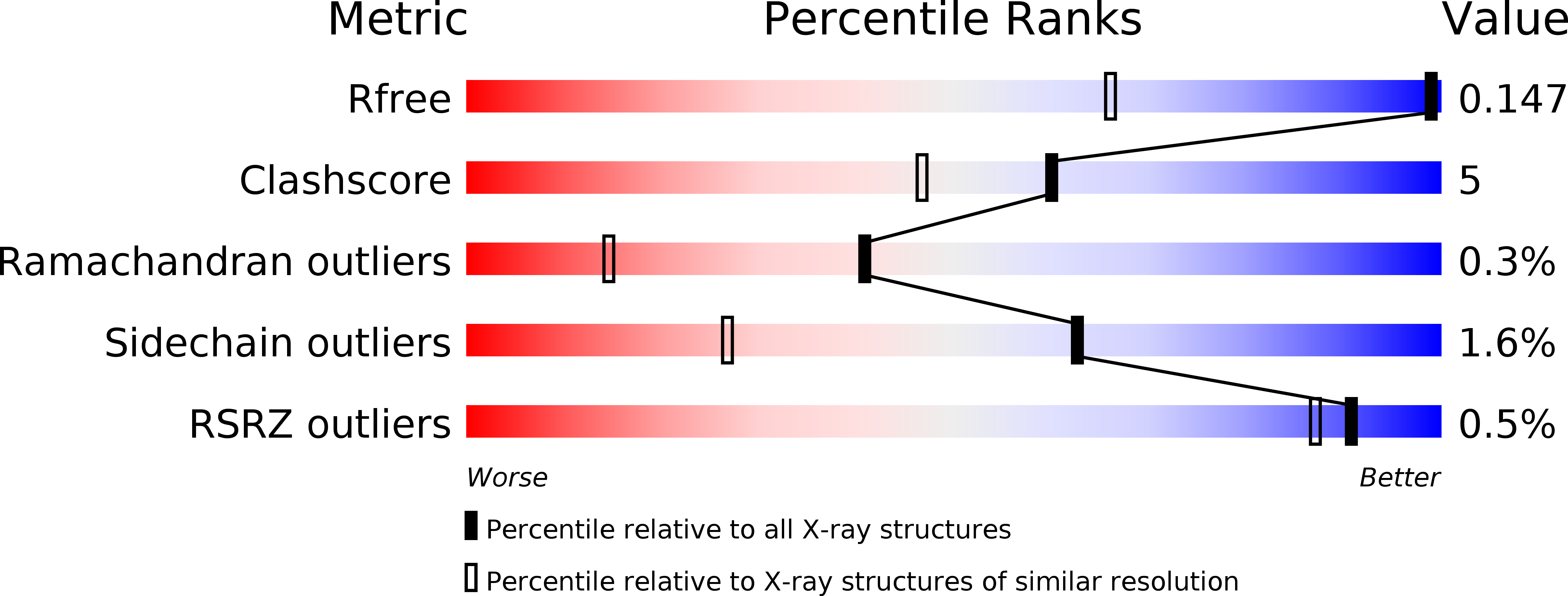
Deposition Date
2014-12-12
Release Date
2015-05-13
Last Version Date
2024-05-08
Entry Detail
PDB ID:
4UDX
Keywords:
Title:
CO2 bound to cluster C of Ni,Fe-CO dehydrogenase at true-atomic resolution
Biological Source:
Source Organism:
CARBOXYDOTHERMUS HYDROGENOFORMANS (Taxon ID: 129958)
Host Organism:
Method Details:
Experimental Method:
Resolution:
1.03 Å
R-Value Free:
0.15
R-Value Observed:
0.13
Space Group:
C 1 2 1


